As someone who’s spent years helping restaurants and commercial kitchens select the right equipment, I’ve learned that the heart of any induction cooker lies in its coil and power module. These components determine how efficiently and reliably the cooker performs, especially in the demanding environment of a busy kitchen. When restaurant owners or equipment buyers ask me about choosing these parts, they’re often overwhelmed by technical jargon and unclear about what specs matter most. In this article, I’ll break down the process of selecting the coil and power module for a commercial induction cooker, sharing practical insights from my experience to help you make an informed decision.
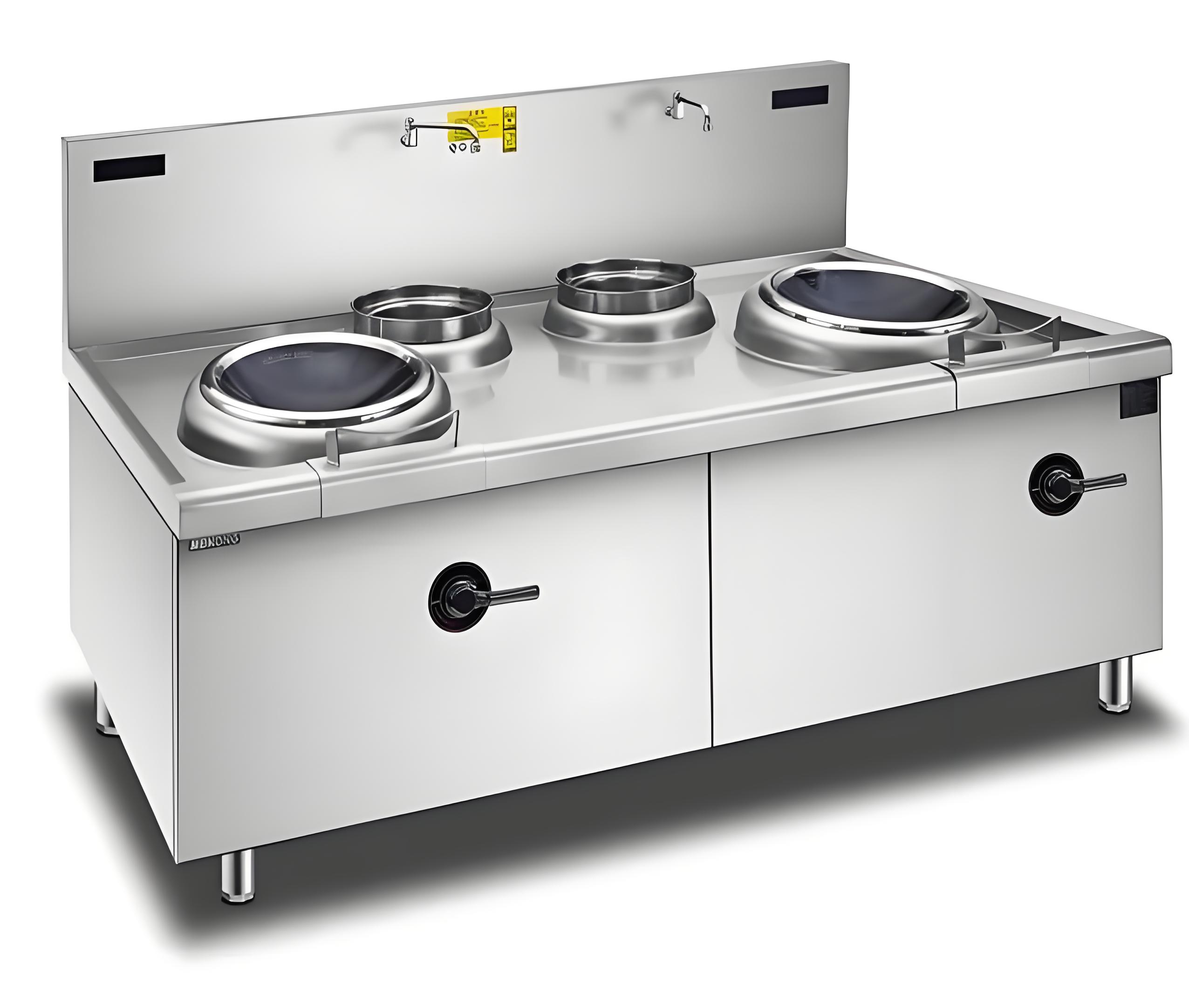
Understanding the Role of the Coil and Power Module
Before we dive into the selection process, let’s clarify what these components do. The coil, also known as the induction coil, is the part that generates the electromagnetic field to heat the cookware. It’s essentially the “engine” that drives the cooking process. The power module, on the other hand, controls the electrical input, regulates the energy delivered to the coil, and ensures the cooker operates safely and efficiently. Together, these components determine the cooker’s performance, durability, and suitability for your kitchen’s needs.
Choosing the right coil and power module isn’t just about picking the most powerful or expensive options. It’s about matching the components to your restaurant’s cooking demands, electrical setup, and budget. Let’s explore the key factors to consider for each.
Choosing the Right Induction Coil
The coil is the backbone of an induction cooker, and its design and quality directly impact cooking performance. Over the years, I’ve seen how the right coil can make a kitchen more efficient, while a poor choice can lead to inconsistent heating or frequent breakdowns. Here’s what to focus on when selecting a coil:
1. Coil Size and Shape
The coil’s size and shape should match the cookware you use. A larger coil is better for bigger pots or woks, as it creates a wider heating zone. For example, in a Chinese restaurant where large woks are common, a large-diameter coil (20-30 cm) is ideal for even heating. Smaller coils (15-20 cm) work well for smaller pans used in cafés or fast-food kitchens. Some cookers offer concave coils designed specifically for woks, which are great for stir-frying.
2. Coil Material
Most commercial induction coils are made of copper due to its excellent conductivity. However, the quality of the copper and the coil’s winding density matter. High-quality coils use high-purity copper with tight, uniform windings to ensure consistent electromagnetic fields. Cheaper coils may use lower-grade materials or looser windings, leading to uneven heating and reduced lifespan. I once helped a client troubleshoot a cooker that overheated pots unevenly—turns out, the low-quality coil was the culprit.
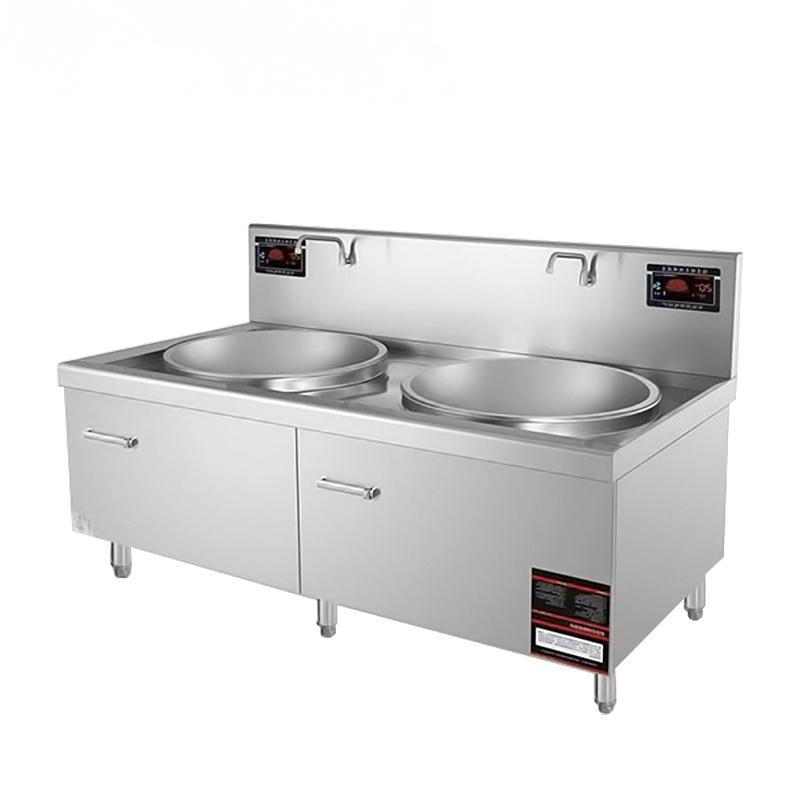
3. Number of Coil Turns
The number of turns in the coil affects its efficiency and heating power. More turns generally mean a stronger electromagnetic field, which is better for high-power cooking. For high-wattage cookers (12kW+), look for coils with higher turn counts (typically 20-30 turns). For lower-power models (3kW-8kW), fewer turns may suffice. Check the manufacturer’s specs or consult a technician to ensure the coil matches the cooker’s power rating.
4. Heat Resistance and Durability
Commercial kitchens are tough environments, and coils must withstand high temperatures and constant use. Look for coils with high-temperature-resistant insulation (rated for at least 200°C) to prevent burnout. I’ve seen restaurants save money upfront by choosing cheaper coils, only to face frequent replacements due to overheating. Investing in a durable coil pays off in the long run.
Choosing the Right Power Module
The power module is the brain of the induction cooker, managing the flow of electricity to the coil and ensuring stable operation. A well-designed power module can improve efficiency, extend the cooker’s lifespan, and enhance safety. Here’s what to consider:
1. Power Rating Compatibility
The power module must match the cooker’s wattage. For example, a 15kW cooker requires a power module capable of handling at least 15kW of output. Using an underpowered module can lead to overheating or failure, while an overpowered module is wasteful and expensive. I once worked with a restaurant that paired a 20kW module with an 8kW cooker, resulting in unnecessary energy costs. Always check the cooker’s specs to ensure compatibility.
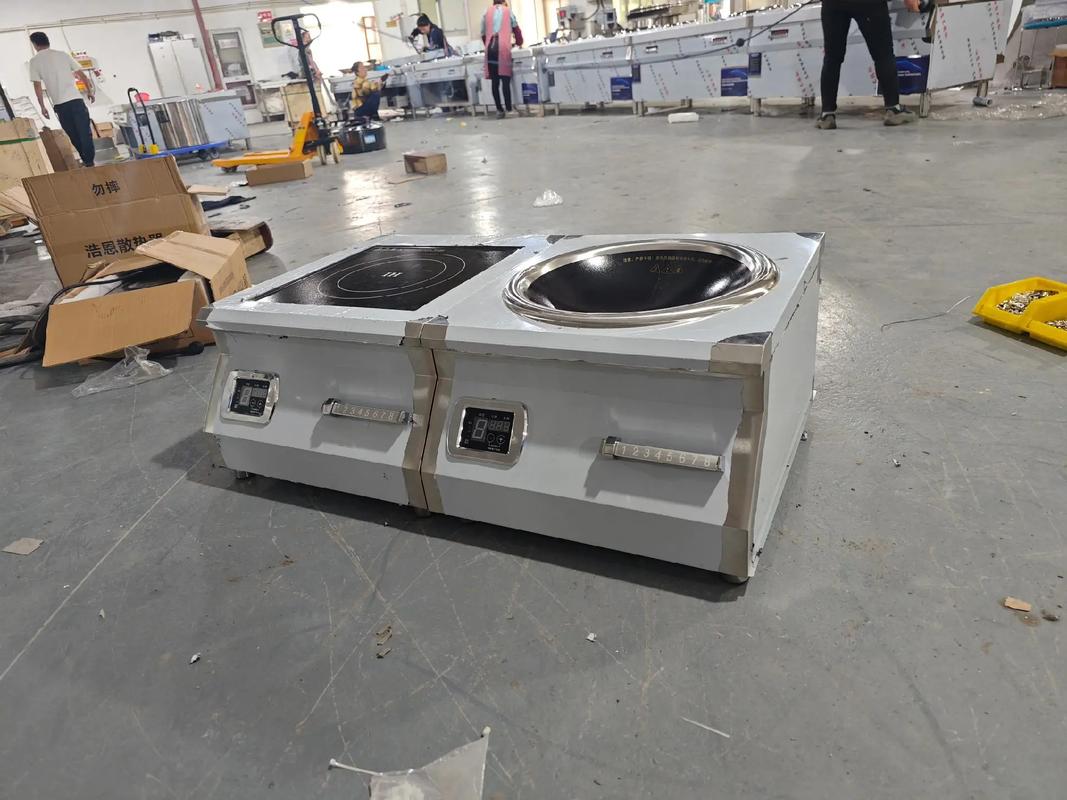
2. IGBT Quality
The Insulated Gate Bipolar Transistor (IGBT) is the core component of the power module, controlling the high-frequency current that drives the coil. High-quality IGBTs are essential for reliability, especially in high-power cookers. Look for modules with reputable IGBTs from trusted manufacturers, as cheap ones can fail under heavy use. I’ve seen kitchens lose days of service because a low-quality IGBT burned out during peak hours.
3. Cooling System Integration
High-power induction cookers generate significant heat, and the power module needs robust cooling to prevent overheating. Most commercial models use forced-air cooling (fans) or, in advanced cases, liquid cooling. Ensure the power module has a reliable cooling system and that your kitchen has adequate ventilation. I once advised a client to reposition their cookers to allow better airflow, which extended their power modules’ lifespan by years.
4. Safety Features
A good power module includes safety features like overcurrent protection, overvoltage protection, and thermal shutdown. These prevent damage to the cooker and reduce fire risks. In my experience, restaurants that prioritize safety features in their power modules have fewer equipment failures and lower maintenance costs.
Key Considerations for Matching Coil and Power Module
The coil and power module work together, so their specifications must align. Here’s a table summarizing how to match them based on common restaurant needs:
| Cooker Power | Coil Size | Coil Material | Power Module Features |
|---|---|---|---|
| 3kW-5kW | Small (15-20 cm) | High-purity copper, 15-20 turns | Single-phase, basic IGBT, fan cooling |
| 8kW-12kW | Medium (20-25 cm) | High-purity copper, 20-25 turns | Single/three-phase, high-quality IGBT, enhanced cooling |
| 15kW-20kW+ | Large (25-30 cm) | High-purity copper, 25-30 turns | Three-phase, premium IGBT, advanced cooling (fan/liquid) |
1. Restaurant Type and Cooking Demands
Your menu dictates the coil and power module specs. For example, a hot pot restaurant needs smaller coils (15-20 cm) and mid-range power modules (5kW-8kW) for tabletop units. A large Chinese restaurant with heavy wok cooking requires larger coils and high-power modules (12kW+). I once helped a dim sum restaurant select 8kW cookers with medium-sized coils, perfectly suited for steaming and boiling.
2. Electrical Infrastructure
High-power coils and modules demand robust electrical systems. A 15kW cooker with a large coil and matching power module may require three-phase power and dedicated circuits. Before buying, have an electrician evaluate your kitchen’s wiring. I’ve seen restaurants face delays because their outdated electrical systems couldn’t support high-power equipment.
3. Budget and Long-Term Costs
High-quality coils and power modules cost more upfront but save money over time by reducing maintenance and energy costs. If your budget is limited, start with mid-range components (e.g., 8kW cooker with a standard copper coil) and upgrade as your business grows. A client of mine saved thousands by choosing reliable mid-range components over cheap ones that failed within months.
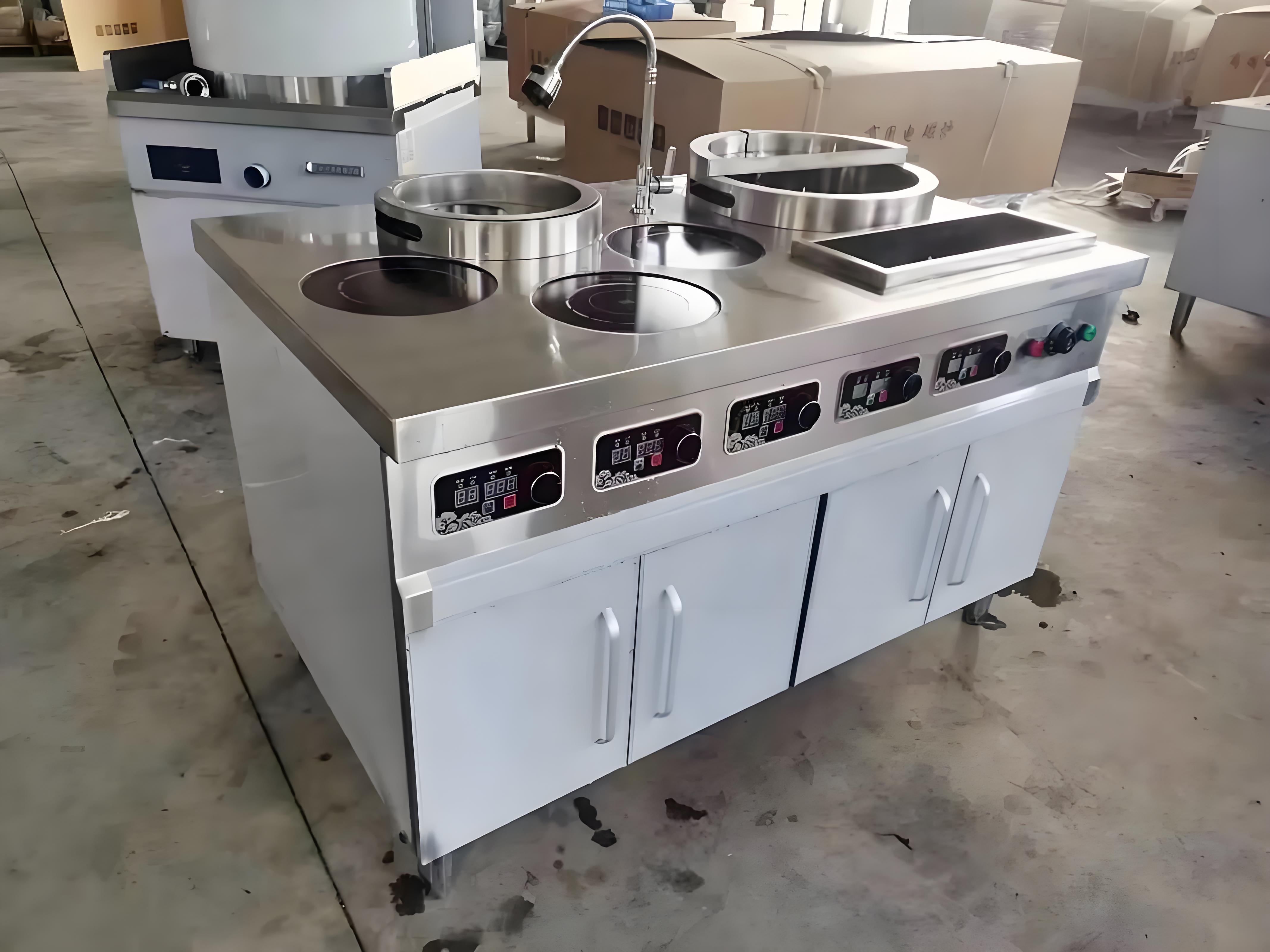
4. Maintenance and Support
Choose components from manufacturers offering reliable after-sales support. Coils and power modules are complex, and repairs can be costly without proper warranties. I always recommend checking if replacement parts are readily available in your area to avoid downtime.
Real-World Examples
To illustrate how coil and power module choices impact performance, here are two cases from my experience:
Case 1: The Overloaded Power Module
A fast-food chain I worked with installed 12kW induction cookers but paired them with underpowered modules rated for 8kW. The result was frequent overheating and shutdowns during peak hours, frustrating staff and slowing service. After upgrading to matching 12kW power modules with high-quality IGBTs, their kitchen ran smoothly, and downtime dropped to zero.
Case 2: The Mismatched Coil
A small café chose a high-power 15kW cooker with a large coil, hoping to future-proof their kitchen. However, their small pans didn’t match the coil’s heating zone, leading to uneven cooking and wasted energy. I recommended switching to a 5kW cooker with a smaller coil, which improved their cooking consistency and cut electricity costs by 30%.
These examples show that bigger isn’t always better—matching the coil and power module to your actual needs is key.

Practical Tips for Selection and Maintenance
Here are some tips I share with clients to ensure they choose and maintain the right components:
Test Cookware Compatibility: Before buying, test your cookware with the coil to ensure even heating. The pot’s base should cover at least 80% of the coil’s diameter.
Check Manufacturer Specs: Always verify the coil’s turn count and the power module’s IGBT quality. Ask for detailed specs or consult a technician if you’re unsure.
Monitor Heat Dissipation: Ensure the cooker’s cooling system (fans or liquid) is working properly. Clean vents regularly to prevent dust buildup, which can overheat the power module.
Train Staff: Teach your team to use the cooker’s power settings efficiently. Running a high-power module at full capacity for simple tasks wastes energy and stresses components.
Schedule Regular Inspections: Have a technician check the coil and power module every 6-12 months to catch wear and tear early.
The Future of Induction Cooker Components
The induction cooker industry is evolving rapidly. Advances in coil design, such as multi-zone coils that adapt to different pot sizes, are making cookers more versatile. Power modules are also becoming smarter, with features like AI-driven energy optimization and remote diagnostics. I’ve read projections that the commercial induction market will grow at 10% annually through 2030, driven by these innovations and increasing demand for energy-efficient equipment. As electricity becomes a more cost-effective energy source, choosing high-quality coils and power modules will be even more critical for staying competitive.
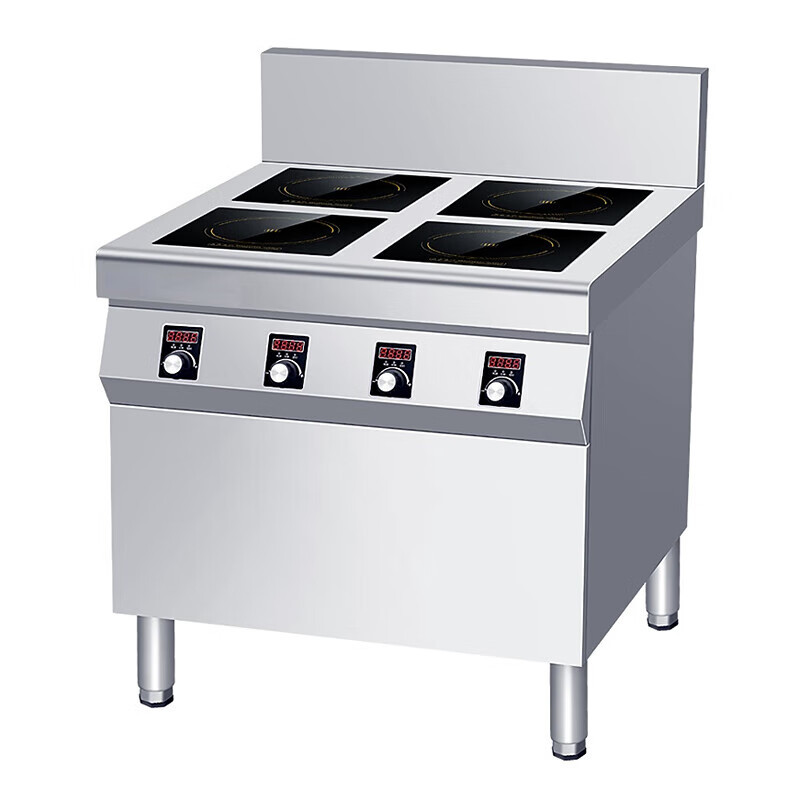
Conclusion
Selecting the right coil and power module for your commercial induction cooker is about finding the perfect balance between performance, efficiency, and cost. A large, high-quality coil paired with a robust power module is ideal for high-volume kitchens, but smaller operations may benefit from more modest components. Consider your menu, electrical setup, and budget, and don’t hesitate to consult a professional to ensure compatibility. By choosing wisely and maintaining your equipment, you can keep your kitchen running smoothly and efficiently for years to come.
Frequently Asked Questions
1. How do I know if a coil is compatible with my induction cooker?
Check the coil’s size and turn count against the cooker’s power rating. The coil should match the cookware’s diameter, and the manufacturer’s specs should confirm compatibility with the power module.
2. Can a cheap power module work with a high-power cooker?
No, an underpowered module will overheat or fail under high demand. Always match the module’s power rating to the cooker’s wattage to ensure reliability.
3. How often should I replace the coil or power module?
With proper maintenance, high-quality components can last 5-10 years. Regular inspections and cleaning can extend their lifespan.
4. Are concave coils better for wok cooking?
Yes, concave coils are designed to fit the curved shape of woks, ensuring even heating for stir-frying. They’re ideal for Asian restaurants.
5. What happens if the power module overheats?
Most modern modules have thermal shutdown features to prevent damage. However, frequent overheating can reduce the module’s lifespan, so ensure proper ventilation and cooling.
If you have more questions or need help choosing components, feel free to reach out—I’m happy to assist!





